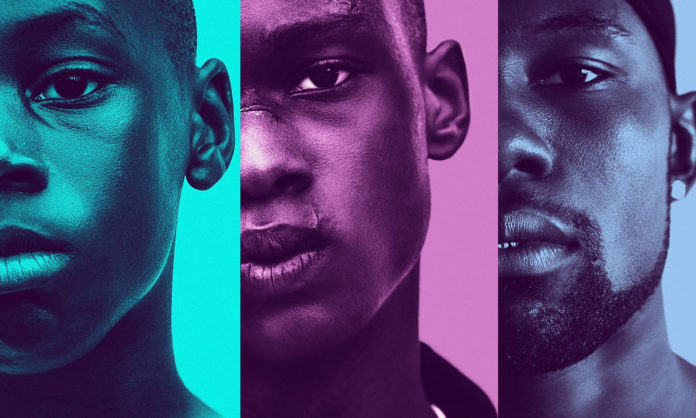In an article for Lit Hub, Tiphanie Yanique talks about how she used the Hero’s Journey structure to tell a story Joseph Campbell was unlikely to have envisioned.
While Campbell characterized the structure as universal, Yanique is doubtful. The form is heavily dependent on plot and most often used to provide a path for a young, white, male hero. But that doesn’t mean the structure won’t work for the rest of us. “We need to know what a particular form does for storytelling so we can make an informed decision about if we want to use it, when we want to use it, or if we want to dismiss it altogether,” Yanique writes. “What if the hero is a woman? Does she meet a goddess, or does she encounter her own self? What if the hero is elderly? Does he lose the ordeal because he doesn’t have both the strength and naiveté for the foolhardiness that the journey requires?”
To test her theory, Yanique wrote a story that leveraged Campbell’s form to relate the journey of a young black male. “My own lived experience, as well as my research, led me to consider how the form’s rules may or may not accommodate the nuances of Blackness,” she writes. She found the form came up short. “How can he be the ‘master of two worlds’ when Blackness isn’t allowed mastery of this one? And forget about ‘Freedom to live’ — we’ve been through a summer of Black Lives Matter and know better than that,” Yanique explains. “So I cut the form short, and by doing so I argue that Blackness is often denied heroism.”
Nonetheless, forms have value. “The truth is that we are always working inside of forms and structures, but knowing how other writers have created narratives and emotions through similar kinds of turns and steps will only enable us to make better stories,” Yanique says. “We can bend a form, break it, even as we retain the elements that might aid us in developing plot and character. We can make our own type of heroes that our stories and readers need. We can send our characters on the types of journeys that help them save themselves and their communities — or not. We have options. Form allows for that kind of freedom.”












